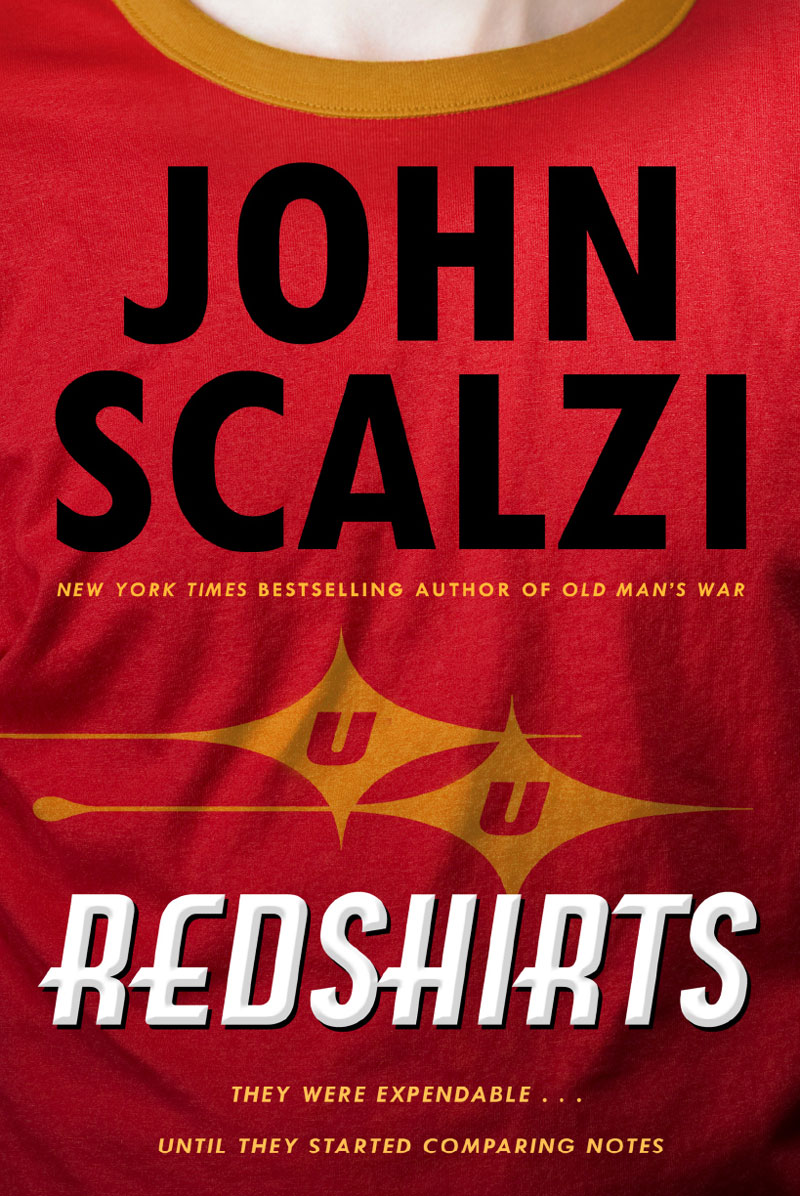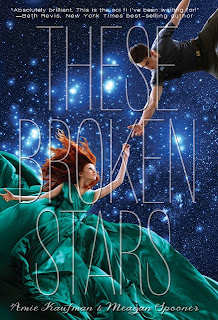Shadowhunters and Downworlders is a collection of essays edited by Cassandra Clare, about her Mortal Instruments universe and characters. I have to admit, this is the first collection of essays about fiction that I've read and I'm not entirely sure it was my thing. I actually started reading it a long time ago, but kept put it down for long stretches twice. I think these sorts of essays are the sort of thing I, personally, prefer to consume in internet (blog, etc) form, rather than book form. Nevertheless, I was inspired by the
City of Bones movie to come back to it and I'm glad I did because some of the essays were pretty entertaining.
My favourite essays were the most educational ones. I particularly felt I learnt something from "Simon Lewis: Jewish, Vampire, Hero" by Michelle Hodkin, "(Not) For Illustration Purposes Only" by Rachel Caine and "Brotherly Love" by Kendare Blake. These essays also made me think about their various topics outside of just the Shadowhunter world.
I also enjoyed reading the two most light-hearted essays, which also happen to be the last two of the bunch: the conversation between Holly Black and Kelly Link on the nature of immortality, and Sarah Rees Brennan's, er, rant about desire, mostly.
I'm not sure I'll be picking up another essay collection any time soon, but if you are the sort of person that enjoys reading analyses of your favourite books, then by all means, there's much to like about
Shadowhunters and Downworlders. And now for a bit about each essay.
~
"Unhomely Places" by Kate Milford
A love letter to New York. Reminded me how starkly I'm not American and have never been to New York. Not American particularly because they (or at least this essay) seem to have a somewhat different definition of city to me. Melbourne is my city, made up mostly of sprawling suburbia. But in America, the suburbs aren't the city. In Australia, our cities are made of suburbs (ignoring the colloquialism of calling the CBD "the city").
"The Art of War" by Sarah Cross
About how Clary isn't a traditional hero. She isn't the special chosen one who can fight better than anyone else. Instead she uses her art to first escape her troubles in a mundane way and then to fight back directly. Author makes an interesting point that while Clary fights back in any way she can, Valentine doesn't recognise what she's doing as fighting back. Ultimately it's this underestimation of his that leads to his downfall.
"Sharper Than a Seraph Blade" by Diana Peterfreund
About Jace using humour as a weapon. Peterfreund pointed out the dichotomy of jokey / mopey Jace corresponding to unpossessed and possessed Jace the first time around and how this confuses Clary in
Heavenly Fire. That actually helped me see the situation from Clary's point of view. Initially, I read her in
Heavenly Fire as making many poor decisions. But in this light I can better see where she was coming from.
"When Laws Are Meant to Be Broken" by Robin Wasserman
About the strict rules of the clave, rebellion and lack thereof on the parts of the teenage protagonists, and choices. Points out that a lot of rules are merely social contracts rather than immutable laws and how, for the most part, the rebellious behaviour we witness (outside of the climaxes) is very minor in the scheme if things.
"Simon Lewis: Jewish, Vampire, Hero" by Michelle Hodkin
My favourite essay so far. Hodkin talks about the origins of vampirism (as a myth in our culture) and about Judaism. It was both educational and fascinating. She discusses Simon's identities as the everyman mundane human in the shadowhunter's world, as a Jew, as a vampire. In each role he is the "other" but for different reasons. It also goes into how his Jewishness informs his character, even after he becomes a vampire and can't even utter holy words. A most enjoyable essay.
"Why the Best Friend Never Gets the Girl" by Kami Garcia
Like the title says, this essay outlines the trope of the guy never getting the girl if the girl happens to be his best friend. Amusing examples from 80s movies provided.
"Brotherly Love" by Kendare Blake
An interesting essay about the incest taboo and Clary and Jace's relationship. I liked that she brought in issues of science, explaining genetics and sexual attraction, as well as talking about the cultural taboo of incest. Quite an interesting read.
"Asking for a Friend" by Gwenda Bond
Talks about the importance of friendship in the series. Not just Clary's and Simon's, but all the friendships that exist or form in the course of the series between all the teen characters.
Relationships are power in the Mortal Instruments, and friendship has a place of pride, treated as carefully and with the same respect as familial bonds and true love. This is a series about a family chosen, not just born.
"(Not) For Illustration Purposes Only" by Rachel Caine
A very informative essay about tattoos and Shadowhunter runes. Caine briefly recaps the history of tattooing, drawing parallels between various cultural traditions and Shadowhunter runes. I was quite interested to learn about the different ways tattoos have been perceived throughout the ages and across cultures. Another of my favourite essays.
"The Importance of Being Malec" by Sara RyanTalks about the importance of two different kinds of reading experiences: books that provide a mirror to our lives and books that provide a window into the lives of characters different from our own. She goes on to discuss how minorities (and the focus is obviously on the queer community given the context) don't have many mirror books to choose from. That, then, is the importance of including Magnus and Alec in the Mortal Instruments series. She also dissects their relationship a bit.
"Villains, Valentine and Virtue" by Scott TraceyA discussion of the author's love of villains and why Valentine makes a particularly good one. Most interesting to me was the discussion of the human condition and the competing aspects of compassion and destruction. The following quote both amused me and sums up Tracey's opinion well.
This is part of why I love Valentine so much as a villain. Take away the supernatural elements, the behavioral disorders, and his “unique” views on parenting, and he’s the kind of villain we see every day.
"Immortality and Its Discontents" by Kelly Link and Holly Black
This one is presented as a dialogue between the two authors. The informality of this format makes it one of the more fun essays to read. Some choice quotes:
We all want what we can’t have. Magnus immerses himself in humanity to keep himself human. Talking about this helps me understand better why, in books, immortals—especially vampires—like to hang around with young adults. If your baseline condition is one of stasis, you might need regular jolts of chaos, change, extremes. Teenagers are to the immortal as cups of coffee are to the writer
and:
...the risk of dying young, being a Shadowhunter, being mortal, gets associated with divin- ity, with the way that things should be. And on the other hand, immortality is linked to the infernal. Only Downworlders get that gift—warlocks, faeries, and vampires—so it must be a by-product of their de- mon blood. Werewolves are the only Downworlders to miss out on the immortality boat. So doesn’t that imply that immortality is tainted in some way, more burden than boon?
Although I must say, I disagree with their conclusion that most of us would choose immortality, no matter the disadvantages. One need only look to Jennifer Fallon's Tide Lord quartet to find plenty of deal-breaking disadvantages to true immortality.
"What Does That Deviant Wench Think She's Doing? Or, Shadowhunters Gone Wild" by Sarah Rees BrennanProbably the most irreverent essay out of the bunch, and a great note to end the book on. The deviant wench of the title is, I'm pretty sure, Cassandra Clare, rather than Clary. As you may have gathered by now, this is also the essay that takes itself least seriously, making it entertaining to read. The main topic of the essay, by the way, is desire and all the different forms it can and has taken in Clare's books, and — separately — familial love and acceptance (more generally).
3.5 / 5 stars
First published: January 2013, BenBella Books
Series: Not as such
Format read: eARC
Source: Publisher via NetGalley
































